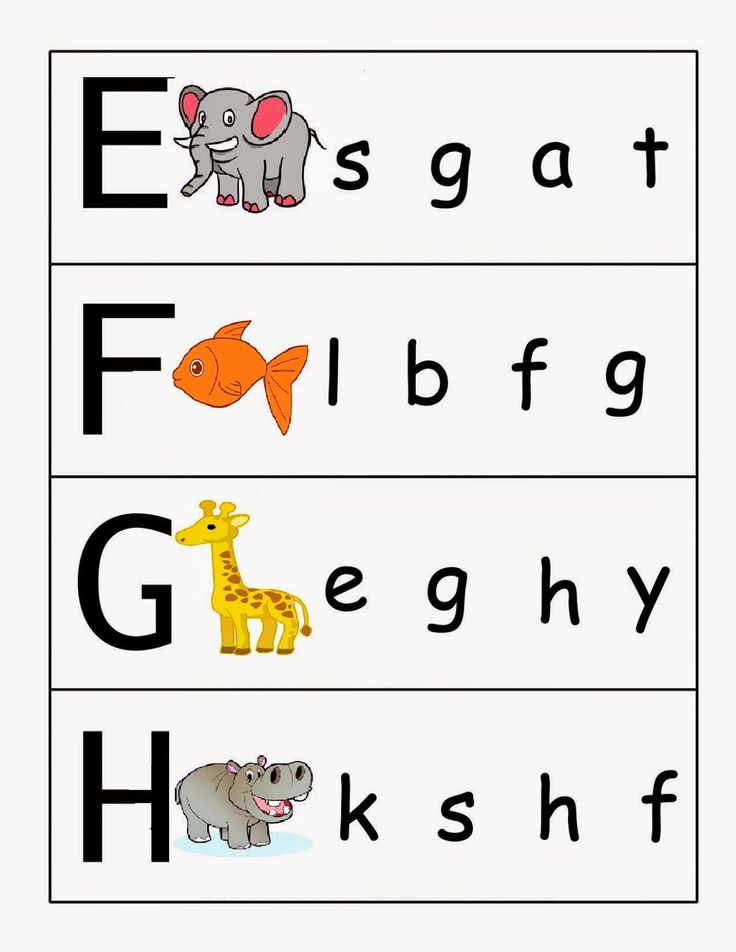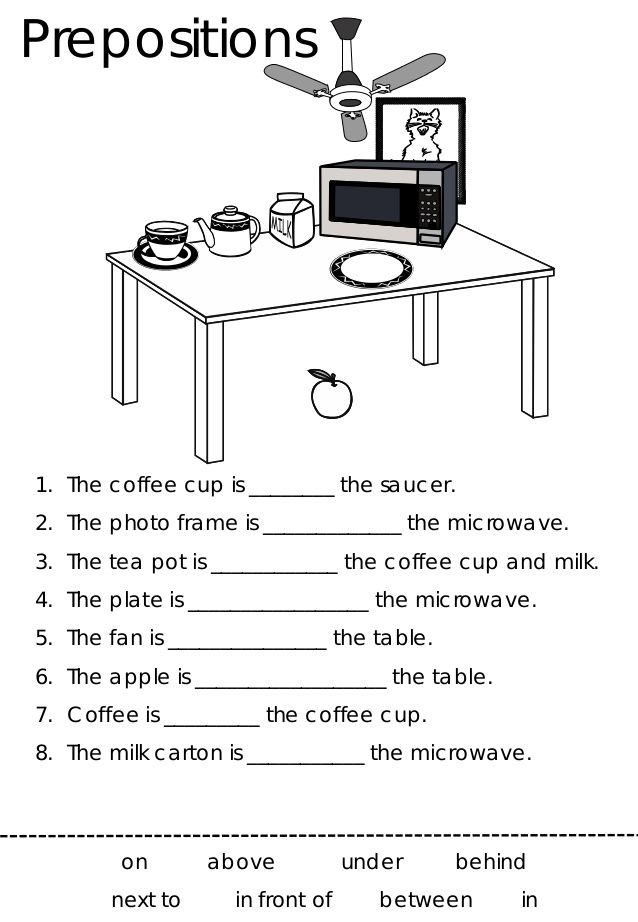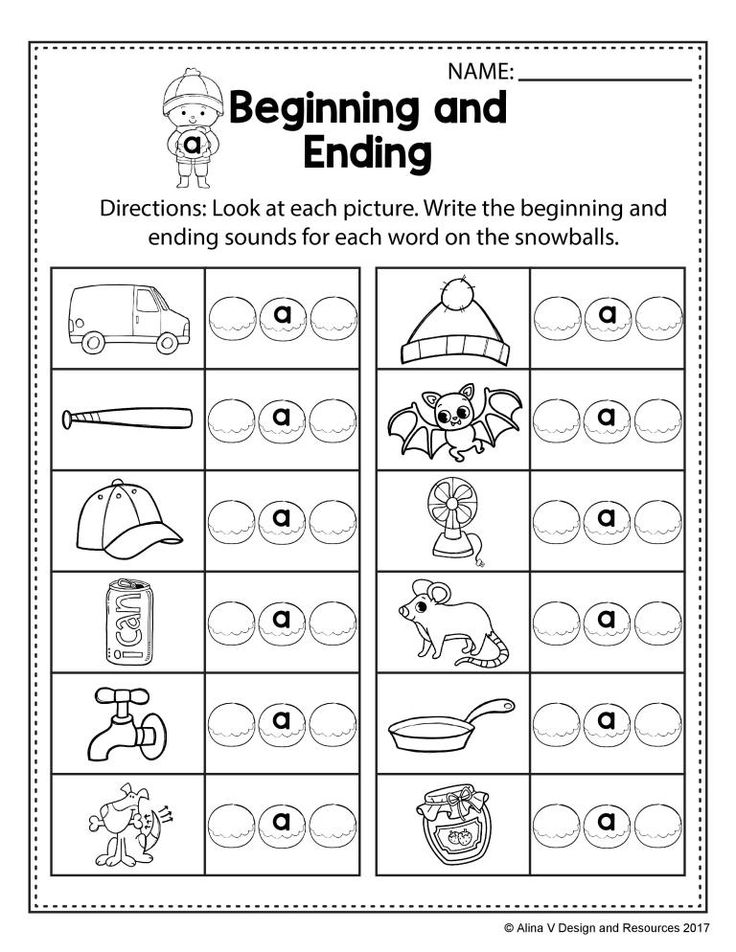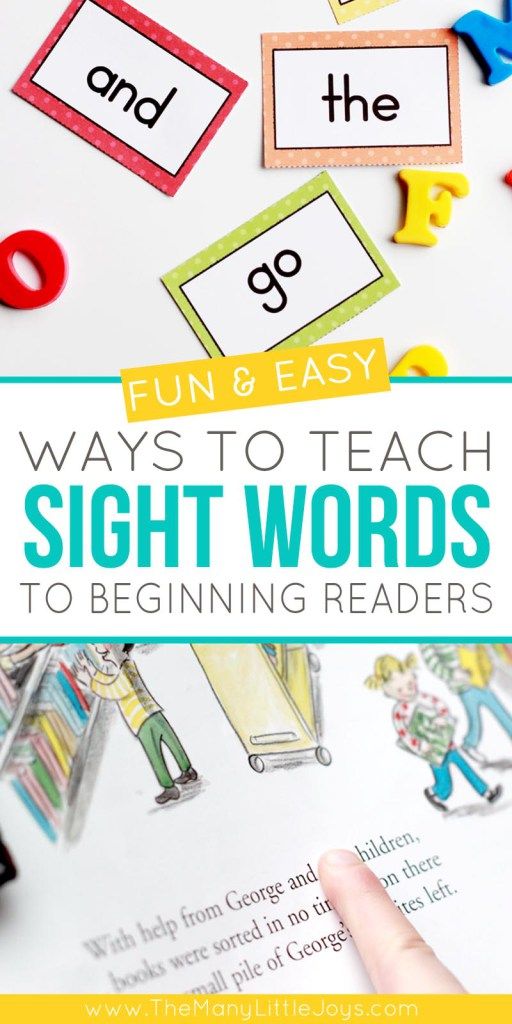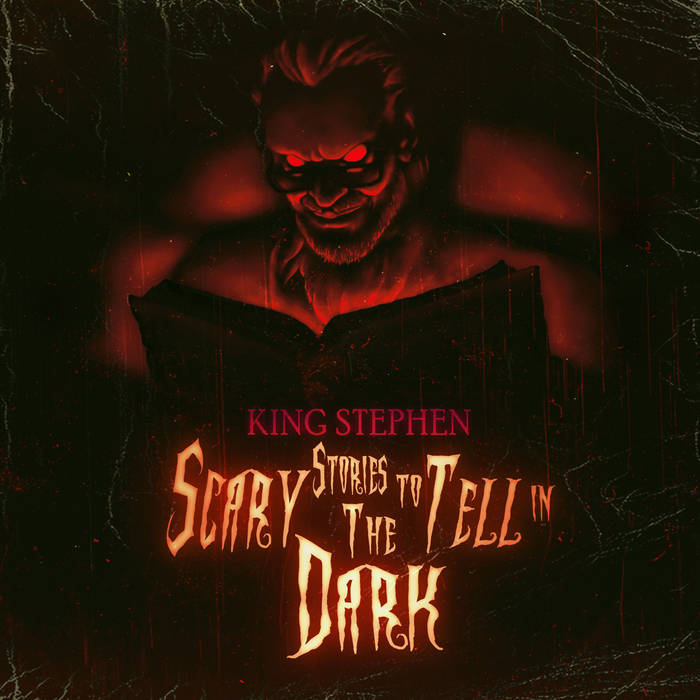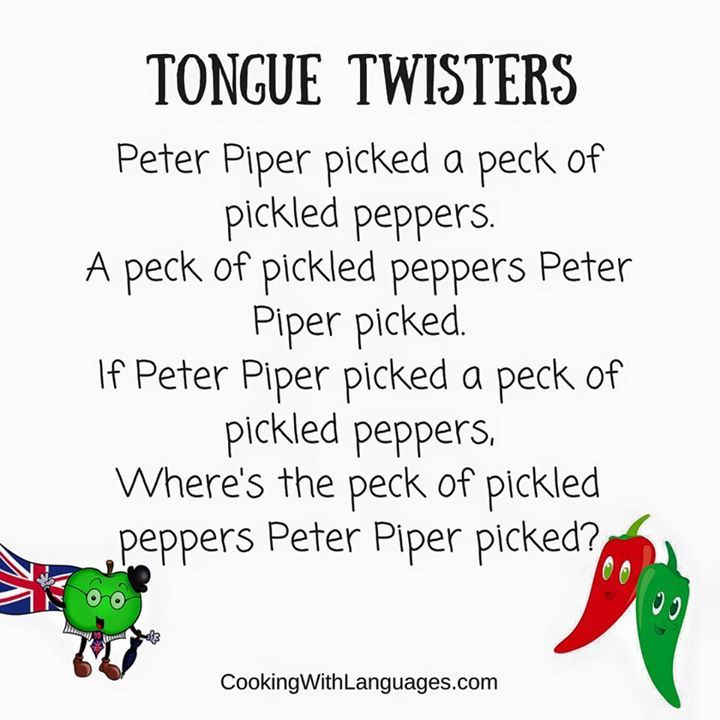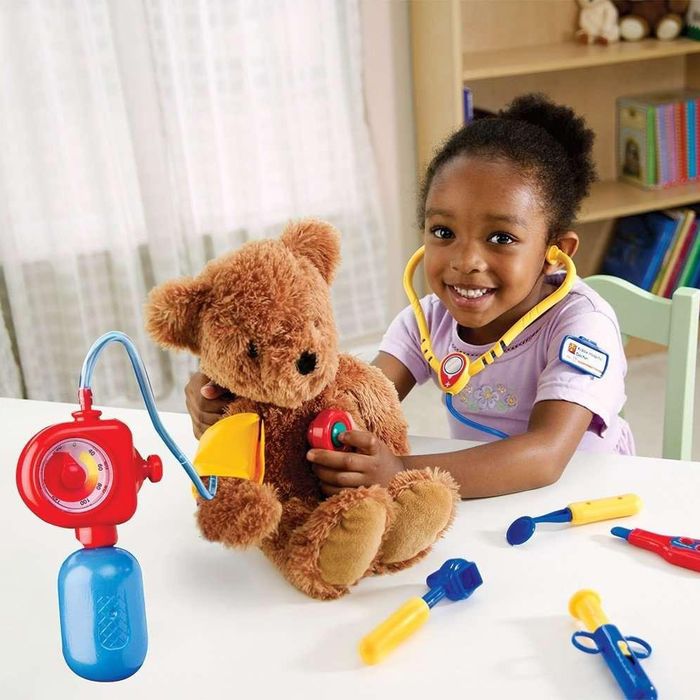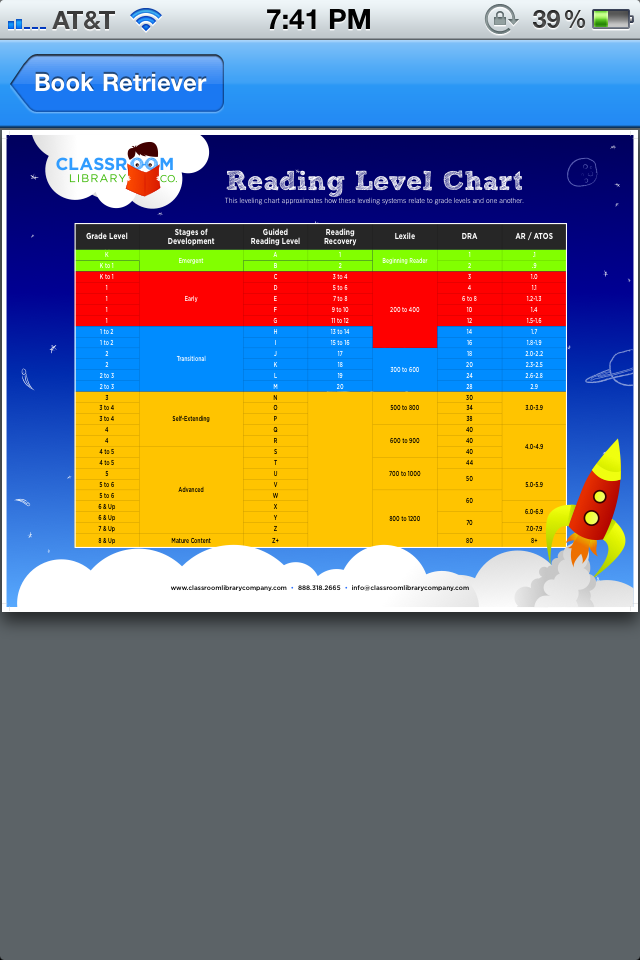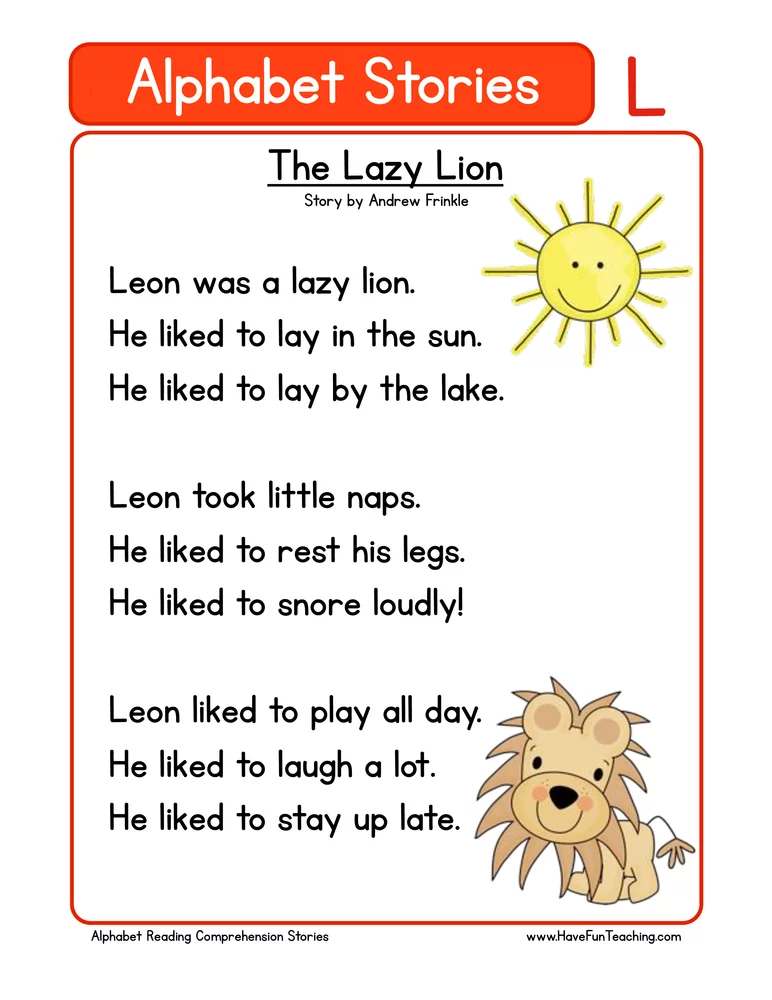Match uppercase and lowercase letters
Matching Uppercase and LowerCase Letters
This interactive and hands on game to teach matching uppercase and lowercase letters is a fun gross motor game for preschool and kindergarten. Use this interactive letter activity along as an alphabet matching with objects and a sensory-motor learning activity!
Matching uppercase letters to lowercase letters is a literacy task that supports reading skills, but also challenges visual discrimination skills, form constancy, and visual scanning, all of which are visual processing skills needed for handwriting and reading comprehension. What’s fun about this activity is that it builds these skills in a fun way!
Matching Uppercase and Lowercase Letters
Learning letters
and matching upper and lower case letters is a Kindergarten skill that can be tricky for some kids. We made this easy prep letter identification activity using items you probably already have in the house. If you’ve seen our blog posts over the last few days, you’ve noticed we’re on a learning theme using free (or mostly free) items you probably already have.
We’re sharing 31 days of learning at home with free materials this month along with 25 other bloggers in the 31 days of homeschooling tips series.
Today’s easy letter learning activity can use any letters you have around the house or magnetic letters and coffee filters.
While this activity is almost free if you’ve got the items at home already, we’re sharing the affiliate links for the items in this post.
How to play this interactive letter matching activity
You’ll need just a few items for this letter matching activity:
- Magnetic letters
- marker
- coffee filters (but paper towels or recycled paper would work as well.
To set up the activity, there are just a few steps:
- Grab the magnetic letters from the fridge and 26 coffee filters.
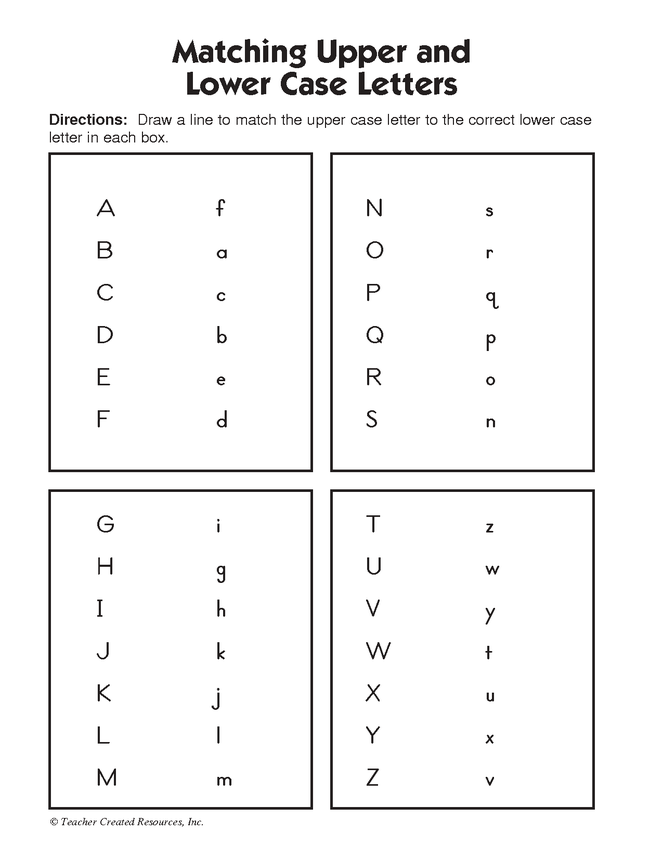
- Use a permanent marker to write one lower case letter of the alphabet on each coffee filter.
- With your child, match the magnetic letters to the lowercase letters on the coffee filters.
- Ask the child to help you crumble each letter inside the coffee filter that has its matching lowercase letter.
- Continue the play!
More ways to match uppercase and lowercase letters
By matching the magnetic uppercase letter to the lowercase letter on the coffee filter, kids get a chance to incorporate whole body movements and gross motor activity while looking for matching letters.
With your child, first match up each lower case coffee filter letter to the upper case magnetic letter.
You can spread the filters out to encourage visual scanning and involve movement in the activity, OR you can stack the coffee filters in a pile and one by one match up the letters. This technique requires the child to visually scan for the upper case magnet letters.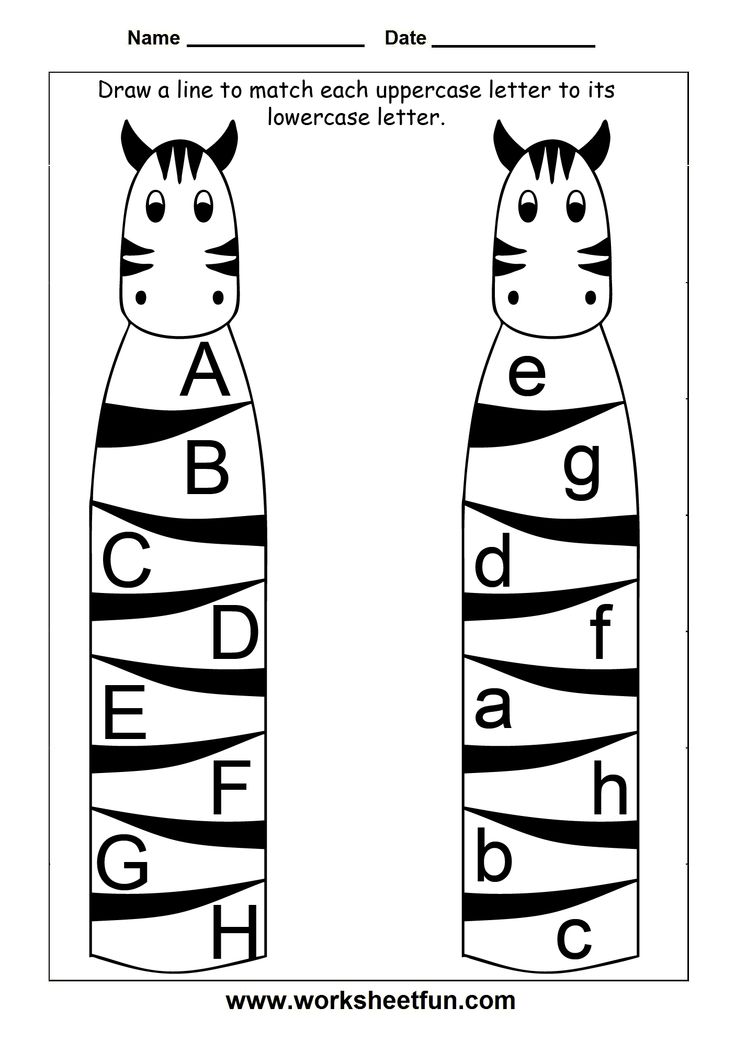
Try both ways for more upper/lower case letter practice!
We then wrapped the coffee filters around the magnets in a little bundle. There are so many games you can play with these upper and lower case letters:
- Match the same letter– match uppercase letters to uppercase letters and lowercase letters to lowercase letters.
- Alphabet matching with objects– Match an object that starts with the letter of the alphabet. Use small objects inside the coffee filter and match it to lowercase letters written in the coffee filter with uppercase magnet letters.
- Match the picture with the letter– Print off pictures of words that start with each letter of the alphabet. Then match the picture with letters of the alphabet using lowercase letters written on the filter and uppercase letters in magnetic letter form.
- Play a letter memory game– Hide letters around the room and challenge kids to find the letters in order to match the uppercase letter to the lowercase letters.
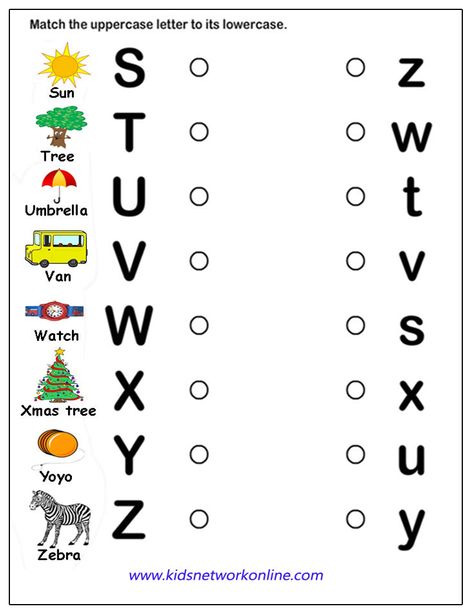
- Letter sound matching– Make a letter sound and challenge kids to find the letter that makes that sound.
- Letter Hide and Seek- Hide the bundled up letters around the room while your child hides his eyes. Send him off to find the letters and ask him to open the bundle and identify the letter.
- Letter Toss Activity- Toss the coffee filter bundles into a bucket or bin. Any letters that make it into the bin are winners!
- Name the letters- Unwrap the bundles and name the letters. Spread the coffee filters out around the room. Toss magnetic letters onto the matching lower case letter.
- Letter toss game- Toss a bean bag onto the coffee filters. The child can identify the lower case letter, then go to the pile of magnetic letters and find the matching upper case letter.
Can you think of any more ways to work on upper and lower case letter matching with coffee filters and magnetic letters?
Matching Big and Small Letters
The nice thing about this activity is that you can teach the concepts of big and small letters.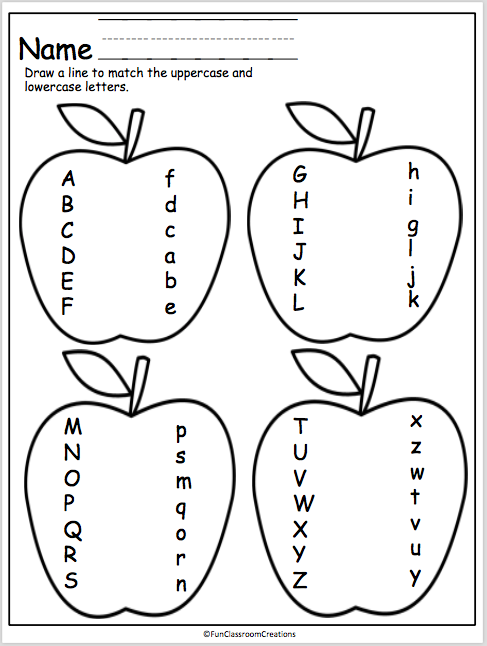 When we say “big letters” and “small letters”, we are showing the concept of letters that touch the top and bottom lines, or the upper case letters.
When we say “big letters” and “small letters”, we are showing the concept of letters that touch the top and bottom lines, or the upper case letters.
And teaching children the difference between those big letters and the small letters which touch just the middle point are part of the visual discrimination process that is needed for handwriting on the lines, or line awareness skills.
You will enjoy more alphabet posts from our archives:
- Hand-eye coordination letter match
- Building letters with baked cotton swabs
Looking for more interactive letter activities to match uppercase and lowercase letters? The Letters! Fine Motor Kit is for you!
Letter Kit for fine motor, visual motor, and sensory motor play.This 100 page printable packet includes everything you need for hands-on letter learning and multisensory handwriting!
This digital and printable packet includes these multisensory handwriting and letter formation materials:
- A-Z Multisensory Writing Pages
- Alphabet Fine Motor Clip Cards
- Cut and place Fine Motor Mazes
- A-Z Cotton Swab Cards
- A-Z Pattern Block Cards
- Fine Motor Letter Geo-Cards
- A-Z Color and Cut Letter Memory Cards
- Color By Size Sheets
- A-Z Building Block Cards
- A-Z Play Dough Letter Formation Cards
- Graded Lines Box Writing Sheets
- Alphabet Roll and Write Sheets
- Pencil Control Letter Scan
- Color and Cut Puzzles
Uppercase and Lowercase Letter Matching Worksheets
This set of free uppercase and lowercase worksheets asks kids to match each of the capital letters to the lowercase letters by drawing a line to connect the two.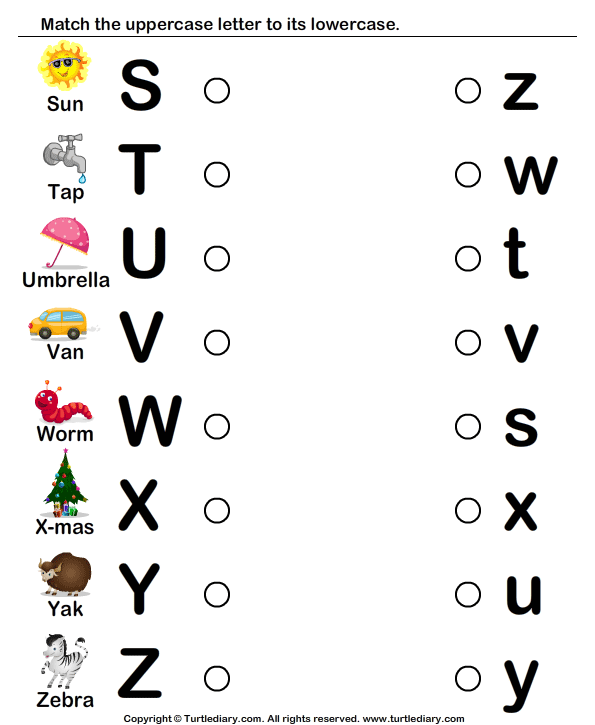 These worksheets are perfect for preschool and kindergarten age children.
These worksheets are perfect for preschool and kindergarten age children.
Draw a line to match the uppercase and lowercas...
Draw a line to match the uppercase and lowercas...
Draw a line to match the uppercase and lowercas...
Draw a line to match the uppercase and lowercas...
Draw a line to match the uppercase and lowercas.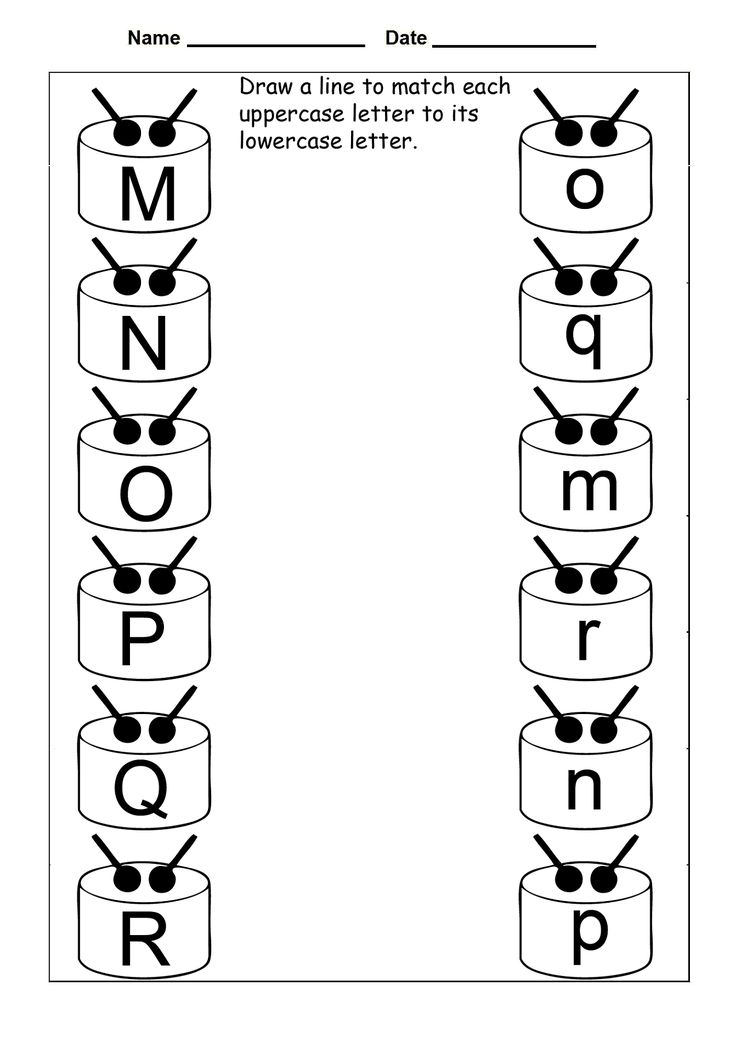 ..
..
Draw a line to match the uppercase and lowercas...
Draw a line to match the uppercase and lowercas...
Draw a line to match the uppercase and lowercas...
Draw a line to match the uppercase and lowercas...
Draw a line to match the uppercase and lowercas...
Draw a line to match the uppercase and lowercas...
Related Worksheets
Find More Worksheets
Popular
Related Crafts
Find More Crafts
Related Activities
Find More Activities
Related Teaching Resources
Find More Teaching Resources
Uppercase and Lowercase Letters / Sudo Null IT News
I've gathered here some not-so-obvious facts about uppercase and lowercase letters that a programmer may encounter at work.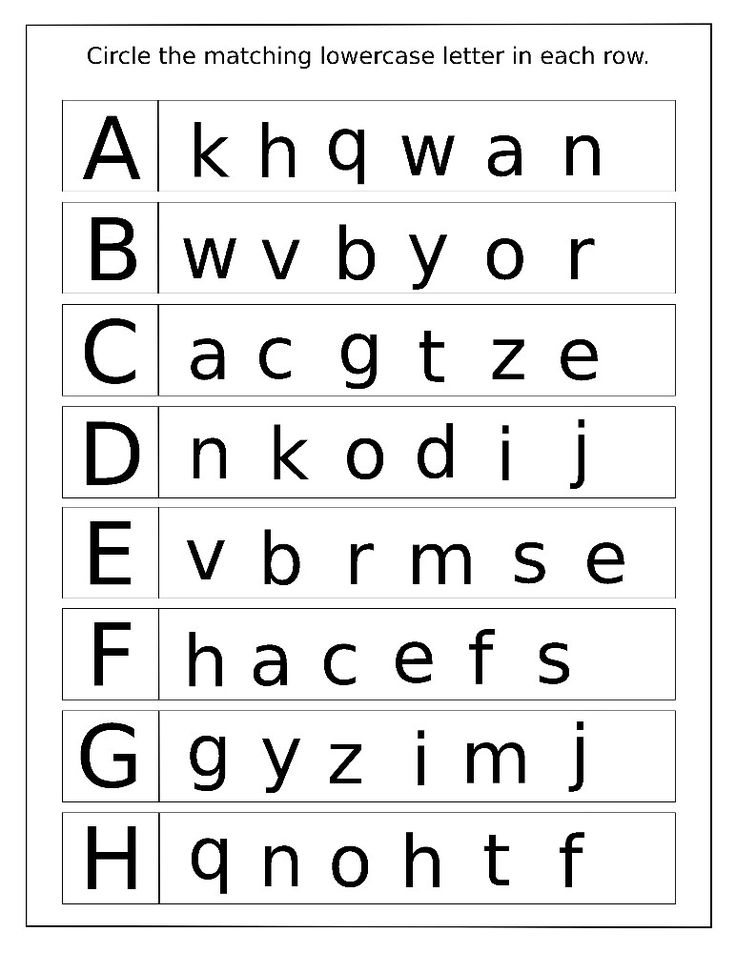 Many of you have translated strings into “all uppercase” (uppercase), “all lowercase” (lowercase), “first capital, and the rest lowercase” (titlecase). Even more popular is the case-insensitive comparison operation. On a global scale, such operations can be quite non-trivial. The post is structured as a "collection of misconceptions" with counterexamples.
Many of you have translated strings into “all uppercase” (uppercase), “all lowercase” (lowercase), “first capital, and the rest lowercase” (titlecase). Even more popular is the case-insensitive comparison operation. On a global scale, such operations can be quite non-trivial. The post is structured as a "collection of misconceptions" with counterexamples.
1. If I convert the string to uppercase or lowercase, the number of Unicode characters does not change.
No. The text may contain lowercase ligatures, which do not correspond to one character in upper case. For example, when translating to uppercase: fi (U+FB00) -> FI (U+0046, U+0049)
2. Ligatures are a perversion, no one uses them. If they are not taken into account, then I'm right.
No. Some letters with diacritics do not have an exact match in other case, so you have to use a combined character. Let's say the Afrikaans language has the letter ʼn (U+0149).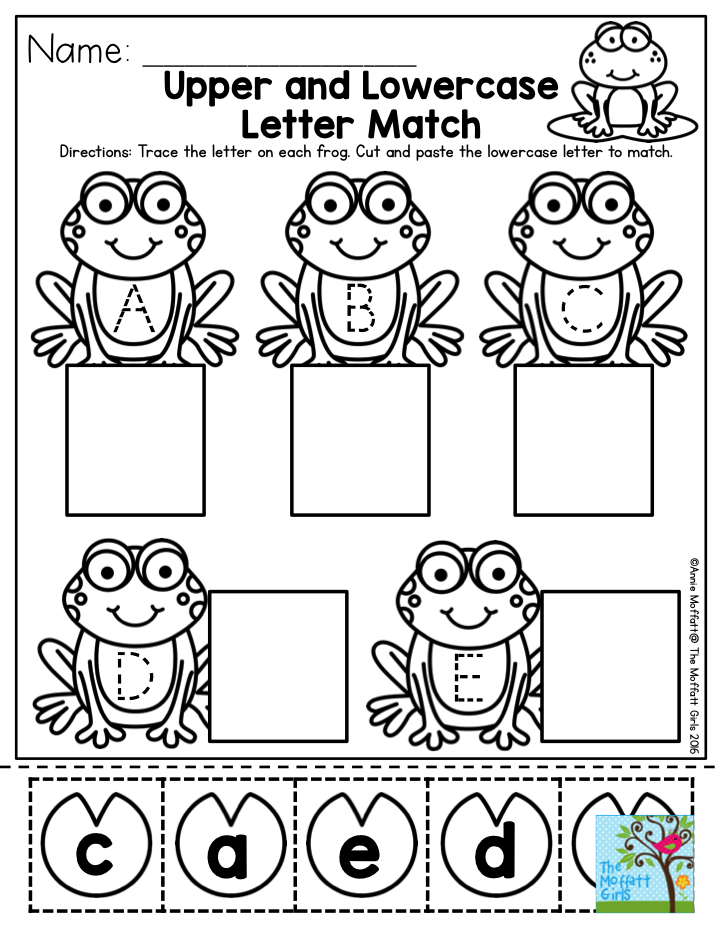 In upper case, it corresponds to a combination of two characters: (U+02BC, U+004E). If you come across a transliteration of Arabic text, you may encounter (U+1E96), which also does not have a single-character match in upper case, so you will have to replace it with (U+0048, U+0331). The Wakhi language has a letter (U+01F0) with a similar problem. You may argue that this is exotic, but there are 23,000 articles in Afrikaans on Wikipedia.
In upper case, it corresponds to a combination of two characters: (U+02BC, U+004E). If you come across a transliteration of Arabic text, you may encounter (U+1E96), which also does not have a single-character match in upper case, so you will have to replace it with (U+0048, U+0331). The Wakhi language has a letter (U+01F0) with a similar problem. You may argue that this is exotic, but there are 23,000 articles in Afrikaans on Wikipedia.
3. All right, but let's consider a combined character (involving modifying or combining code points) as one character. Then the length will still be preserved.
No. There is, for example, the letter "escet" ß (U+00DF) in German. When converted to uppercase, it turns into two SS characters (U+0053, U+0053).
4. Okay, okay, got it. We will assume that the number of Unicode characters can increase, but not more than twice.
No. There are specific Greek letters, for example, (U+0390) that turn into three Unicode characters (U+0399, U+0308, U+0301)
5.
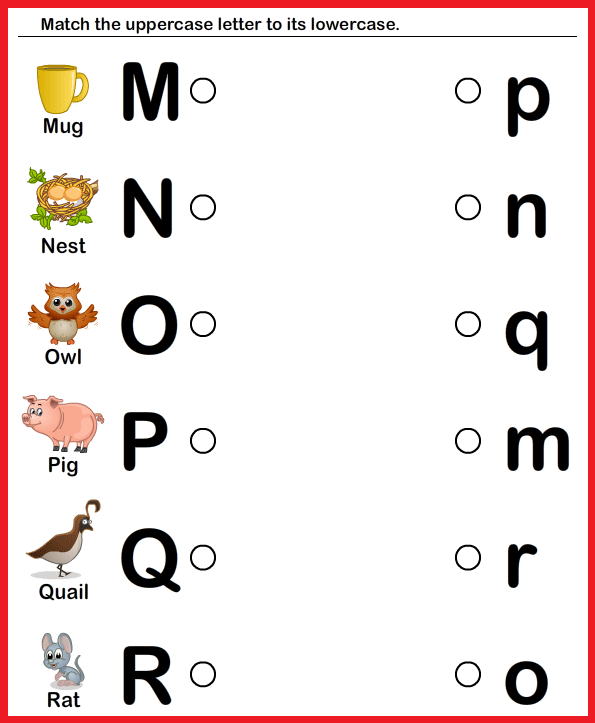 Let's talk about titlecase. Everything is simple here: I took the first character from the word, translated it into uppercase, took all the subsequent ones, translated it into lowercase.
Let's talk about titlecase. Everything is simple here: I took the first character from the word, translated it into uppercase, took all the subsequent ones, translated it into lowercase. No. Let's remember the same ligatures. If a word in lowercase begins with fl (U+FB02), then in uppercase the ligature becomes FL (U+0046, U+004C), but in titlecase it becomes Fl (U+0046, U+006C). The same with ß, but, theoretically, words cannot begin with it.
6. Those ligatures again! Well, we take the first character from the word, translate it into uppercase, if more than one character is obtained, then we leave the first one, and the rest back into lowercase. Then it will definitely work.
Won't work. There is, for example, the digraph dz (U+01F3), which can be used in text in Polish, Slovak, Macedonian or Hungarian. In uppercase it corresponds to the digraph DZ (U+01F1), and in titlecase it corresponds to the digraph Dz (U+01F2).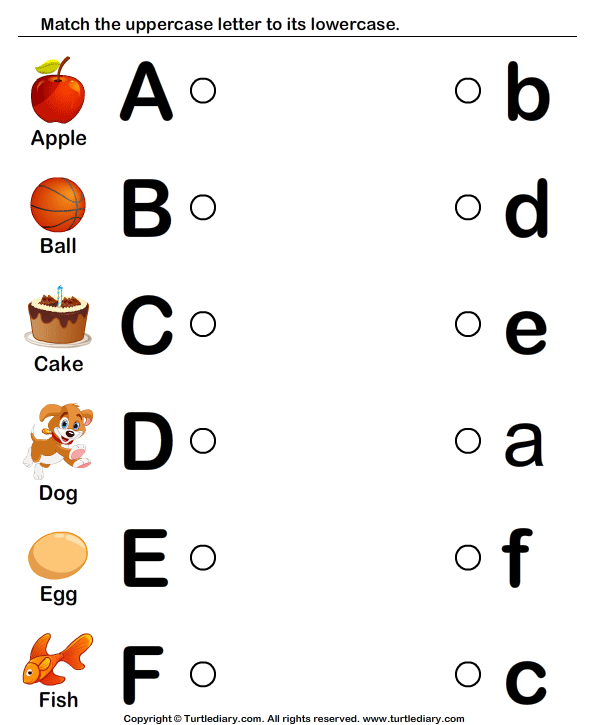 There are other digraphs. The Greek language, on the other hand, will please you with jokes with hypogegrammen and progegrammen (fortunately, this is rarely found in modern texts). In general, the uppercase and titlecase variants for a character can be different, and there are separate entries for them in the Unicode standard.
There are other digraphs. The Greek language, on the other hand, will please you with jokes with hypogegrammen and progegrammen (fortunately, this is rarely found in modern texts). In general, the uppercase and titlecase variants for a character can be different, and there are separate entries for them in the Unicode standard.
7. Good, but at least the result of converting a character's case to uppercase or lowercase does not depend on its position in the word.
No. For example, the Greek capital sigma Σ (U+03A3) becomes a lowercase ς (U+03C2) at the end of a word and σ (U+03C3) in the middle.
8. Oh, okay, let's process the Greek sigma separately. But in any case, the same character in the same position in the text is converted in the same way.
No. For example, in most Latin languages, the lower case for I (U+0049) is i (U+0069), but not in Turkish and Azeri. There, the lower case for I is ı (U+0131) and the capital case for i is İ (U+0130).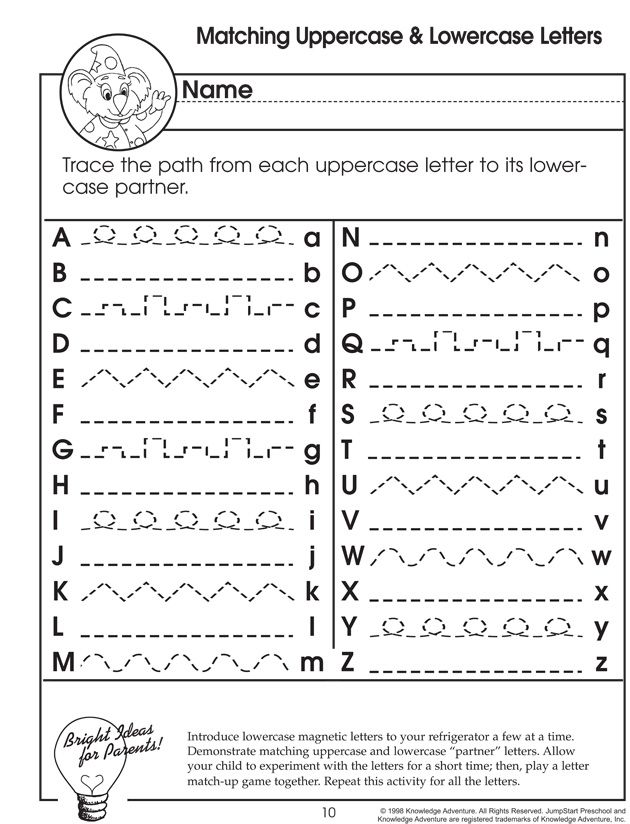 In Turkey, because of this, enchanting bugs are sometimes observed in a variety of software. And if you come across a text in Lithuanian with accents, then, for example, a capital Ì (U + 00CC), which will turn not into ì (U + 00EC), but into (U + 0069, U + 0307, U + 0300) . In general, the result of the conversion also depends on the language. Most of the complex cases are described here.
In Turkey, because of this, enchanting bugs are sometimes observed in a variety of software. And if you come across a text in Lithuanian with accents, then, for example, a capital Ì (U + 00CC), which will turn not into ì (U + 00EC), but into (U + 0069, U + 0307, U + 0300) . In general, the result of the conversion also depends on the language. Most of the complex cases are described here.
9. What a horror! Well, let's now correctly convert to uppercase and lowercase. Comparing two words case-insensitively is not a problem: we translate both into lowercase and compare.
There are also many pitfalls that follow from the above. For example, it will not work with German straße and STRASSE (the former will not change, the latter will turn into strasse). There will also be problems with many of the other letters described above.
10. M-yes… Maybe then everything is in the uppercase?
And it won't always work (although much more often).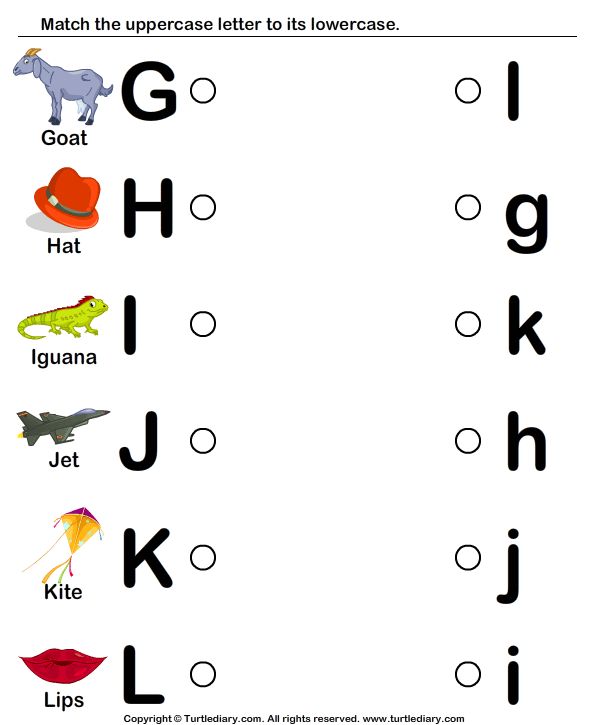 But, say, if you come across the notation STRAE (yes, there is a big escet in German and Unicode too), it will not match straße. For comparisons, letters are converted according to a special Unicode table - CaseFolding, according to which both ß and SS will turn into ss.
But, say, if you come across the notation STRAE (yes, there is a big escet in German and Unicode too), it will not match straße. For comparisons, letters are converted according to a special Unicode table - CaseFolding, according to which both ß and SS will turn into ss.
11. A-ah-ah, this is some kind of kapets!
Here I agree.
If some symbols are not displayed for someone, write me a private message, I will replace it with a picture.
Fonts for inscriptions on engineering, engineering and topographic drawings 8
By width, uppercase and lowercase letters can be
divided into normal, extended, and wide.
Large letters include uppercase Zh, F, Sh,
Щ, Ы, /О and lowercase zh, g, f, sh, u, s, y.
extended letters include uppercase L, M, and lowercase m. All other
uppercase and lowercase letters are normal
.
The exception is six lowercase letters (according to0053 cells): b, c, e, r, y, f, which we will agree to call
high in the future.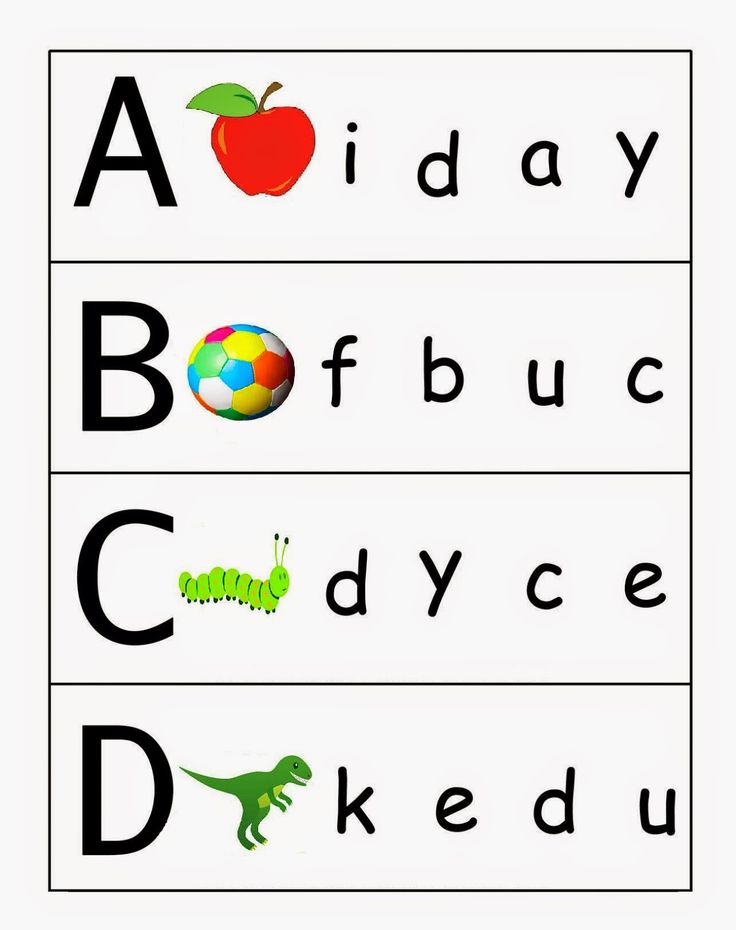
In the available literature one can also find another division of letters
into groups. However, all of them are located
in groups based on the commonality of the elements of construction
and the degree of difficulty in their drawing.
BASIC DIMENSIONS OF
DRAWING FONT
In drawings, depending on their content, |
assignment, scale, etc., fonts are applied raz- !
personal sizes.
Font size is determined by the height h of uppercase
(capital) letters in millimeters, which is its main characteristic
.
State Standard 2.304-68 Fonts |
drawing" the following font sizes are set -
2.5; 3.5; 5; 7; ten; fourteen; twenty; 28; 40. Font size 2.5 has \
only uppercase letters and numbers.
If we consider a number of sizes established by GOST j
for a drawing font, in the opposite direction - !
nii, you can see that each subsequent font size is 5/7 of the previous larger
.
Fonts in sizes from 2.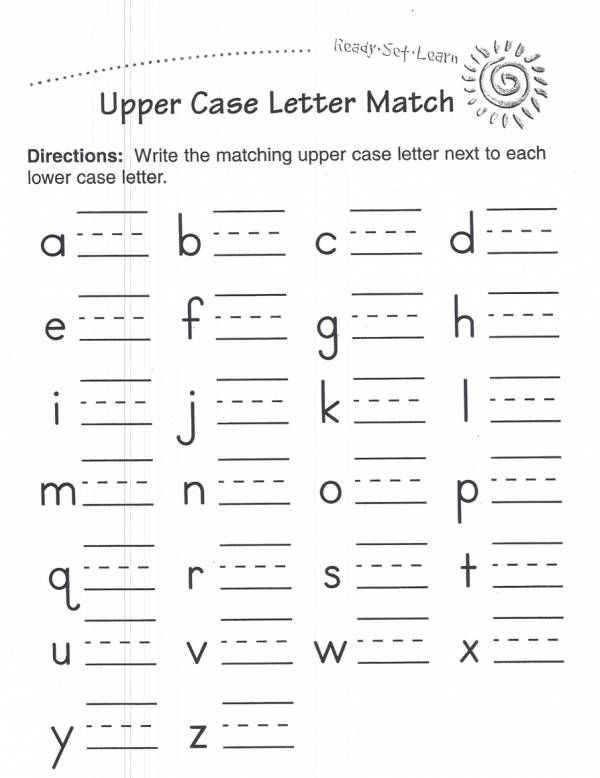 5 to 14 are easily made by hand
5 to 14 are easily made by hand
and are widely used, while fonts
in sizes 20, 28, 40 are used very rarely and their construction is usually done with the help of
drawing tools.
Uppercase and lowercase letters of the Russian and Latin
alphabets and Arabic numerals in this post-9 standard0053 __ swarming is divided into the main font, wide font
with oblique and straight.
12
The main font is intended for
inscriptions on drawings and technical documents of all
industries. Wide font is recommended ¬
to be used to make individual inscriptions with
for the purpose of their clearer image.
I '"K" *.:'■'
gj d)
s s
»
3
For convenience of construction, the height of lowercase letters
is taken equal to 5/7 of the height of uppercase letters, which at the same time
corresponds to the next smaller font size.
Exceptions are lowercase letters: b, c, e, p, y, f,
which have the same height as uppercase
(Fig.